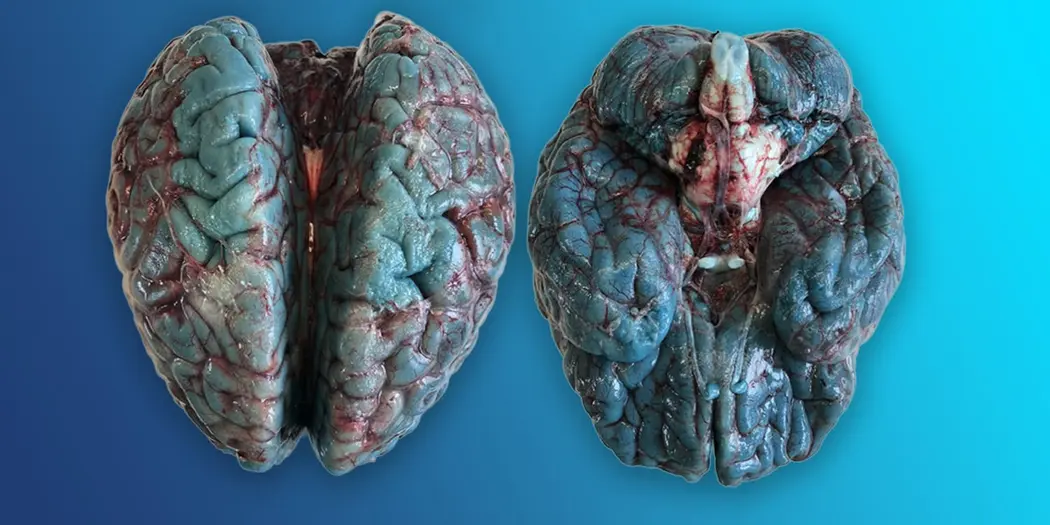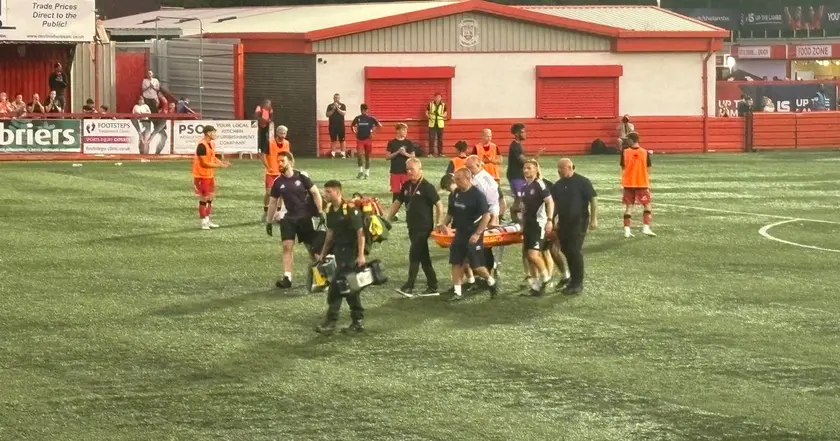T4K3.news
Aortic dissection misdiagnosis prompts review at Manchester hospital
A misdiagnosis at A&E in Manchester may have contributed to a death; a formal review is underway and a family is pursuing legal action.

A partner says a misdiagnosis at A&E preceded a routine patient’s death, prompting calls for better recognition of a life-threatening condition.
Aortic dissection misdiagnosis highlights gaps in A and E care
David Burgess, 52, a legal recruitment consultant, went to Wythenshawe Hospital A&E on April 25 with sharp stomach and back pain. He was discharged the same day with a diagnosis of gastritis and told to take Gaviscon. When his symptoms persisted, he returned to A&E on May 1, and doctors found an aortic dissection, a tear in the main artery. He underwent emergency surgery, but doctors later told his partner there was little they could do and the decision was made to turn off life support on May 10.
Sandra O’Hagan has filed a formal complaint with the hospital and is pursuing legal action with Enable Law as investigations continue. The trust says it is reviewing Burgess care and will share findings with the family and the coroner. Charities note that misdiagnosis in aortic dissection is a known risk, with about 2,000 UK deaths each year and around a third of patients not diagnosed promptly.
Key Takeaways
"When they sent him away, that was it, that was his only chance."
Sandra O’Hagan describing the first A&E visit
"The surgeon said he had a torn aorta and half the cases where this happens, the people die straight away."
Surgeon during May 1 surgery
"I am seeing an increasing number of claims where there have been catastrophic consequences from a failure to diagnose and treat aortic dissection in a timely manner."
Jackie Linehan of Enable Law
"Aortic dissection seems to be flying under the radar"
Sandra’s concerns about awareness
This case lays bare how rare yet deadly conditions can present with everyday symptoms. The variability of aortic dissection makes rapid diagnosis hard, especially in busy emergency departments under pressure. It also exposes how early misdiagnosis can translate into time lost, missed imaging, and worse outcomes. Beyond the clinical failure, the situation raises questions about how hospitals balance urgent care with thorough assessment under resource constraints. Public awareness and better training for frontline staff could shift the odds in favor of survival.
There is a tension between accountability and system strain. Families pushing for answers, and law firms guiding those claims, may push hospitals to improve triage protocols and transparency. For the health system, the message is clear: genuine progress will require consistent practice changes, not one-off investigations, and a sustained commitment to patient-centered emergency care.
Highlights
- Time is life and death when the aorta is at stake
- Awareness is a lifeline for a rare but deadly condition
- No family should face a second chance after a misdiagnosis
- A system under pressure must still listen to patient pain
Medical negligence risk and public accountability
The article involves alleged misdiagnosis in a high-stakes medical case, potential legal action, and ongoing investigations. This raises budgetary, political, and public reaction considerations for the NHS and hospital governance.
The case should spark a frank look at emergency care and patient advocacy.
Enjoyed this? Let your friends know!
Related News

Misdiagnosis at A&E prompts review

Missed diagnosis ends in tragedy at A&E

A&E misdiagnosis highlighted by fatal case

Raising awareness of heart valve disease in women

Health risk at resort

Blue brain discoloration tied to medical dyes identified

Kone injury halts U21s fixture

Match Abandoned
